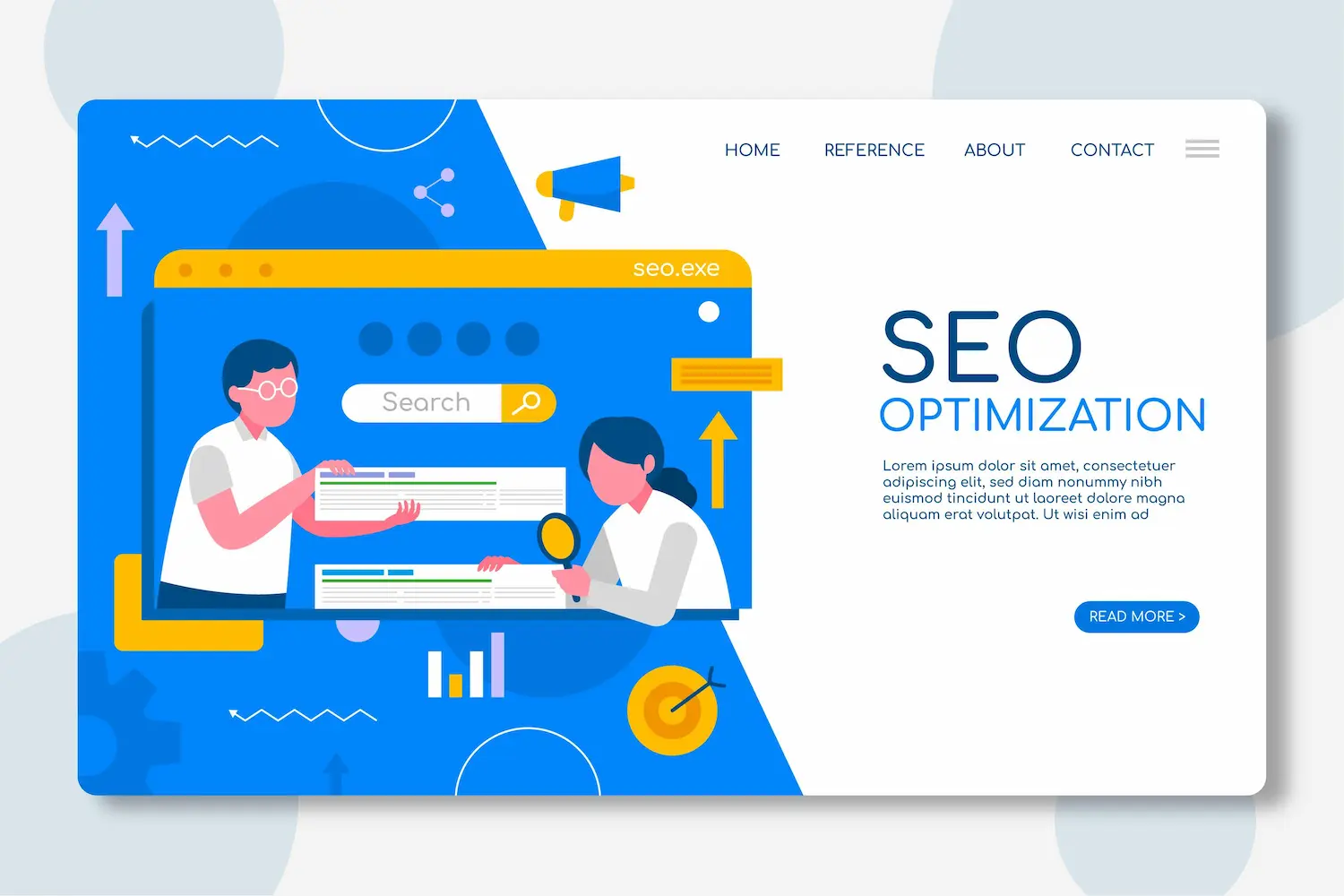Identifying Common Website Mistakes
In today’s competitive digital landscape, even small website mistakes can have significant consequences for your SEO. These errors can range from technical issues to content-related problems, all of which can undermine your search engine rankings. Understanding these common website mistakes is the first step toward improving your SEO and attracting more organic traffic.
Mistake 1: Neglecting Mobile Optimization
One of the most frequent mistakes businesses make is neglecting mobile optimization. With more users accessing websites from mobile devices, search engines prioritize mobile-friendly sites in their rankings. If your website isn’t optimized for mobile, you’re likely losing out on valuable traffic and potential customers.
Mistake 2: Ignoring Slow Loading Times
Another critical mistake that can severely hurt your SEO is having slow loading times. Users today expect websites to load quickly, and search engines penalize sites that don’t meet this expectation. Slow-loading pages not only frustrate visitors but also lead to higher bounce rates, negatively impacting your site’s ranking.
To address this issue, consider compressing images, enabling browser caching, and minimizing JavaScript. These technical tweaks can significantly reduce your website’s load time, leading to a better user experience and improved SEO performance.
Mistake 3: Publishing Low-Quality Content
Content is king, but only if it’s high-quality and relevant. A common mistake is publishing content that’s thin, outdated, or irrelevant to your target audience. Search engines reward websites that provide valuable, informative content that answers users’ queries.
Regularly updating your content and ensuring it’s aligned with your audience’s needs can help improve your SEO. Additionally, integrating your primary keyword—common website mistakes—into your content naturally will enhance your visibility in search results.
Fixing These Mistakes
Fixing these common website mistakes doesn’t have to be a daunting task. Start by conducting a thorough audit of your website to identify areas for improvement. Use tools like Google Analytics and Search Console to gain insights into your site’s performance and pinpoint specific issues.
Once you’ve identified the mistakes, prioritize fixing the most critical ones first. Implementing these changes can have a profound impact on your SEO, helping you achieve higher rankings and, ultimately, more traffic to your site.
Final Thoughts
In conclusion, avoiding these common website mistakes is essential for maintaining and improving your SEO. By optimizing for mobile, reducing loading times, and providing quality content, you can boost your site’s performance and ensure better search engine rankings. Take the time to audit your website regularly and address any issues promptly, and you’ll be well on your way to SEO success.




